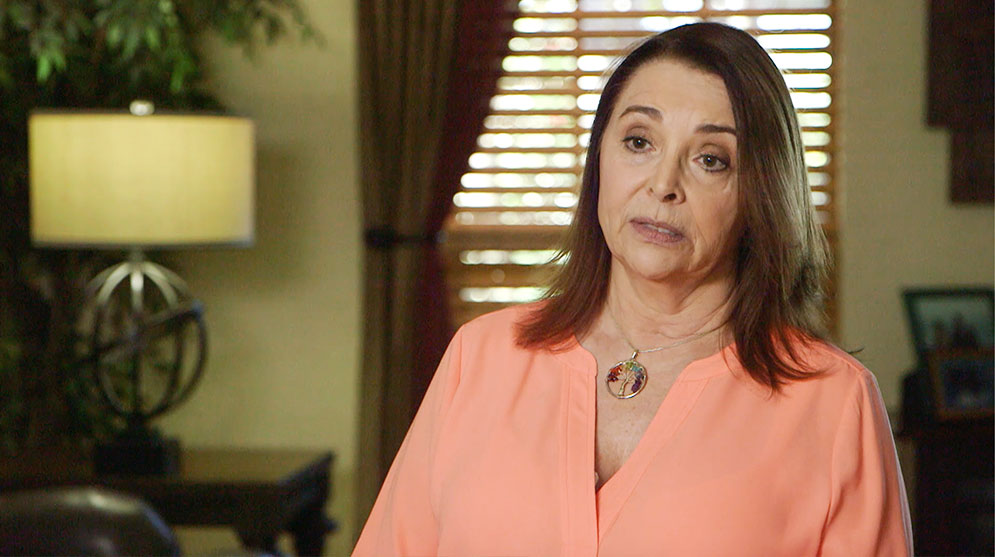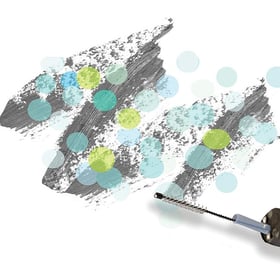Why Is WATS3D Now Used Routinely?
For the past 30 years, the standard of care was to endoscopically screen patients with a precancerous condition termed Barrett's esophagus using a random biopsy technique that is fraught with sampling error.
Since precancerous cells are very difficult to detect and not seen by the naked eye at endoscopy, they are easy to miss.
The addition of WATS3D advanced technology allows physicians to obtain a more comprehensive tissue sample, and to have it analyzed more reliably so that it can be removed before it converts into cancer.
WATS3D is now included in the clinical guidelines of the American Society for Gastrointestinal Endoscopy (ASGE) for physicians who are examining patients for Barrett’s esophagus, or monitoring them for the development of precancer over the long term.



